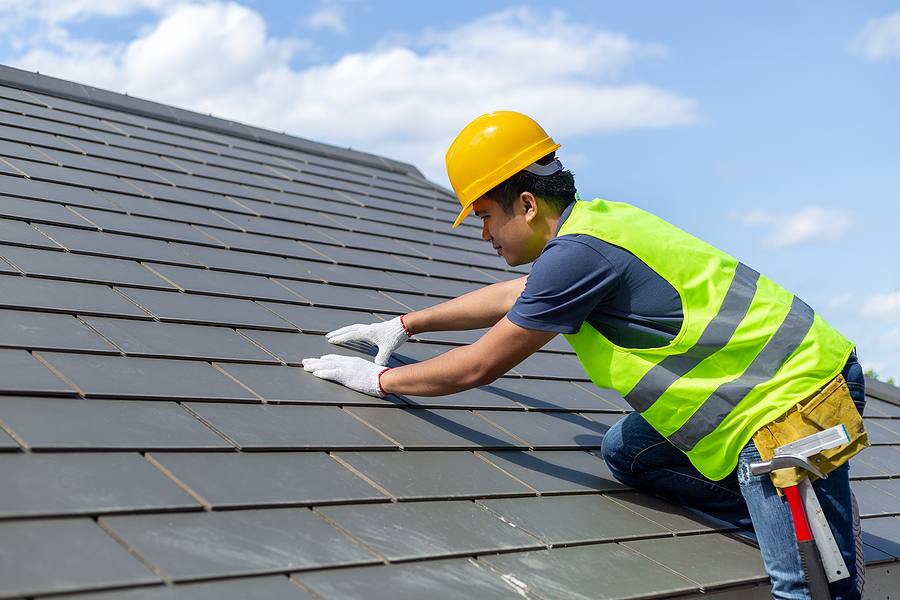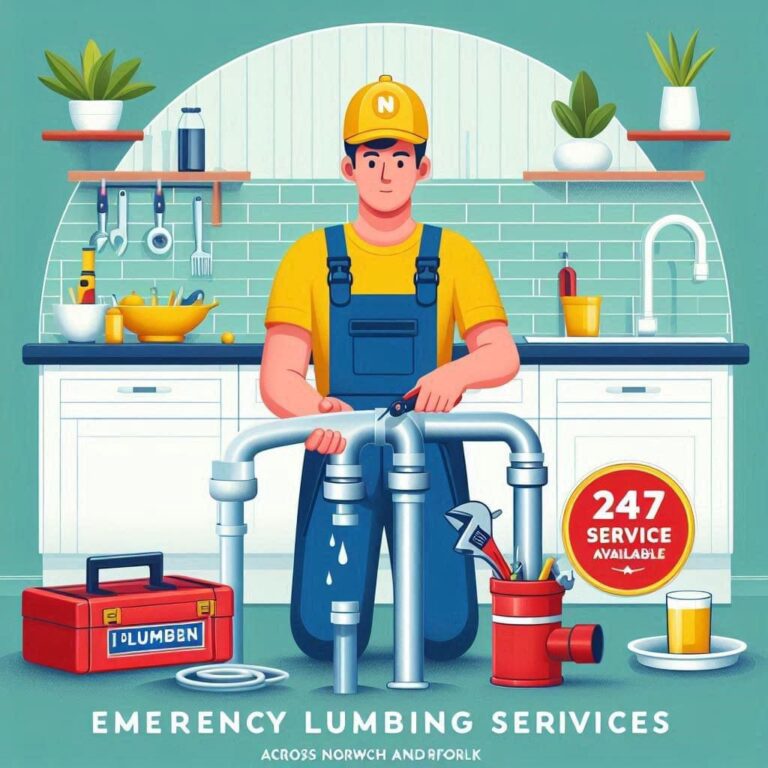Why Commercial Roofing is the Backbone of Sustainable Infrastructure
Introduction
When considering sustainable infrastructure, solar energy systems and energy-efficient buildings often steal the spotlight. However, one unsung hero is quietly driving the shift toward sustainability in modern construction and urban redesign. Commercial roofing solutions not only protect buildings but also play a vital role in achieving energy efficiency, reducing environmental impact, and even improving community well-being.
This blog explores how commercial roofing is contributing to sustainable development in ways you might not have imagined, from innovative materials to energy-generating systems. Whether you’re a building owner, property manager, or sustainability advocate, this looks at why commercial roofing matters now more than ever.
The Overlooked Impact of Commercial Roofing
On the surface, commercial roofing might seem like an issue of durability and cost assessment. What many overlook are the far-reaching impacts of traditional roofing materials and processes. Here’s a snapshot of some of these environmental impacts:
- Energy inefficiency
Traditional roofing often absorbs heat, resulting in higher energy consumption for cooling in warmer months.
- Waste generation
Roofing replacement contributes significantly to landfill waste, with old asphalt shingles and other materials taking decades to decompose.
- Resource-intensive manufacturing
Conventional materials like asphalt are not only petroleum-based but also energy-intensive to produce.
These challenges underline the need for alternative, sustainable roofing solutions in the commercial sector.
How Commercial Roofing is Leading the Sustainability Charge
Modern commercial roofing is evolving into a cornerstone of sustainable building design. Advanced materials and installation techniques are now integral to improving energy efficiency, reducing operational costs, and supporting environmental compliance. For property owners and developers, investing in high-performance roofing systems is not just a structural decision—it’s a long-term strategic commitment to resilience and sustainability.
Smart Material Choices
Sustainable roofing relies on advanced materials that outlast and outperform conventional options.
- Cool Roofing
Cool roofs, often made from reflective materials, minimize heat absorption by reflecting more sunlight. This reduces urban heat islands and lowers energy costs.
- Green Roofing
Green roofs feature living plants and vegetation, acting as natural insulation. They not only reduce energy use but also improve local air quality and provide aesthetic appeal.
Fun Fact
Green roofing can extend a building’s lifespan by protecting it from extreme temperatures and UV damage.
Renewable Energy Integration
Modern commercial roofing is aligned with the renewable energy revolution. Solar-integrated roofing systems now enable buildings to generate their power.
- Solar photovoltaic tiles are particularly useful for businesses looking to both lower operating costs and showcase their commitment to sustainability.
- Cool roofs and green roofs can complement solar installations by creating a better microclimate for energy production.
Water Management Benefits
Green roofing systems are revolutionizing how we approach urban water management. By absorbing rainwater, a green roof reduces runoff and minimizes the burden on city drainage systems. Some advanced systems even allow rainwater harvesting for supplemental use.
Extended Lifespan
Thanks to material innovation, sustainable roofing solutions offer better durability with reduced need for replacements. Longer-lasting roofs mean less frequent resource extraction and fewer contributions to landfill waste.
The Business Case for Sustainable Commercial Roofing
Innovative commercial roofing isn’t just about doing the right thing for the planet—it’s also good for your bottom line.
Reduced Operating Costs
Commercial buildings with sustainable roofs often report significant cost savings over time. Energy-efficient materials and solar integrations directly cut utility bills.
Enhanced Market Value
Sustainably built properties tend to attract higher appraisals and more interest from buyers and renters. Demonstrating compliance with green standards such as LEED certifications further boosts a property’s value.
Brand Image
Consumers and investors increasingly align themselves with businesses that prioritize sustainability. A commitment to eco-friendly practices, starting with your roof, can serve as a powerful PR tool.
Why Commercial Roofing Shines in Urban Sustainability
Beyond individual buildings, sustainable roofing systems have broader implications for urban areas as a whole.
Urban Heat Island Mitigation
Green and cool roofs help mitigate the urban heat island effect, where cities become significantly warmer than surrounding areas due to heat retention. Reducing this effect means more livable cities and lower cooling needs.
Improved Community Well-being
Green roofs provide urban communities with much-needed green spaces, which have been linked to improvements in mental health, physical activity, and even property values.
Circular Economy Potential
Many sustainable roofing solutions are designed with recyclability in mind. Instead of being discarded after use, materials can be repurposed, feeding into the circular economy model.
Challenges and Opportunities
Of course, no revolution comes without challenges. Sustainable roofing materials often come with higher upfront costs, and there’s sometimes a lack of contractor knowledge in implementing these technologies. However, rapid advancements in technology and growing market demand are creating opportunities such as tax incentives and industry-wide education initiatives.
A Call to Action for Business Owners and Industry Leaders
Sustainable roofing is not just a trend but a transformation in how we think about construction and its impact on the environment. Investing in smart, sustainable commercial roofing is an easy win for businesses seeking to cut operational costs, lead with environmental responsibility, and support healthier communities.
And remember, change doesn’t happen overnight. Start by assessing your current roofing’s environmental impact and explore options for improvement. Innovation in this sector has turned roofing into an integral part of sustainability strategies for forward-thinking enterprises.








